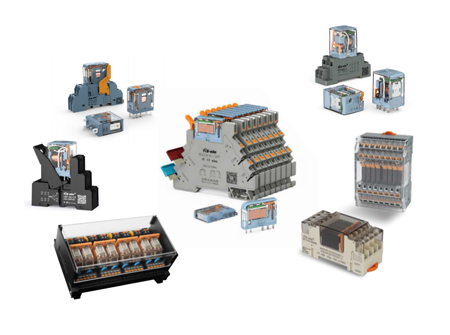Relay Supplier Introduction
Relay is an electrical control device. When the change of input quantity (such as voltage, current, temperature, etc.) reaches the specified requirements, it can make the controlled quantity undergo a predetermined step change in the electrical output circuit. It is usually used in automated control circuits, using small current to control large current operation, playing the role of automatic adjustment, safety protection, and circuit conversion.
The composition of the relay mainly includes coils and contact groups. According to the different input quantities, the relay can be divided into electromagnetic relays, solid relays and other types. The representation method of the relay in the circuit includes using a rectangular symbol to represent the coil, and the contact can be directly drawn on one side of the rectangular box or using parallel rectangular boxes to represent two coils.

The functional characteristics of the relay include fast action, stable operation, long service life, small size, etc., and are widely used in power protection, automation, motion, remote control, measurement and communication devices. For example, the electromagnetic relay is composed of an iron core, a coil, an armature, a contact spring, etc., and uses the electromagnetic effect to realize the conduction or disconnection of the circuit.
In addition, relays also have functions such as amplification, integrated signals, automatic, remote control, and monitoring, such as overcurrent relays, overvoltage relays, undervoltage relays, etc., which are used for system line protection, overload protection, voltage abnormality protection, etc.
The development trend of relays includes miniaturization, high performance, and high reliability, such as DC electromagnetic relays, AC electromagnetic relays, magnetic latching relays, etc., to meet different application requirements.
